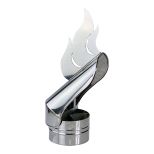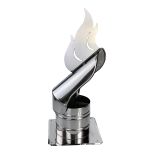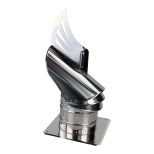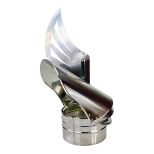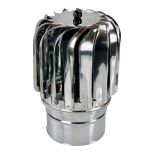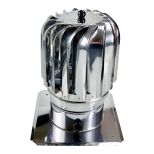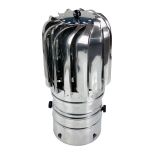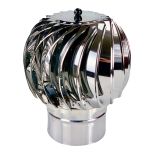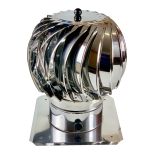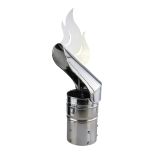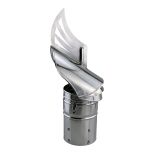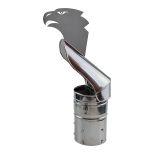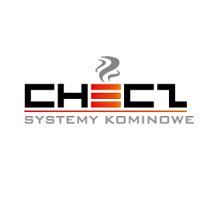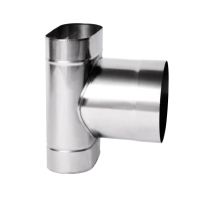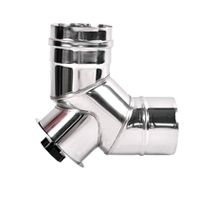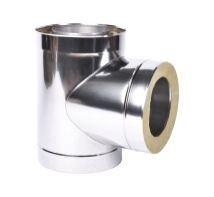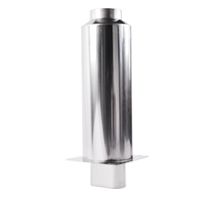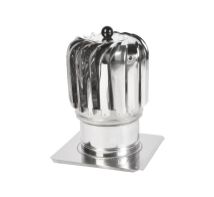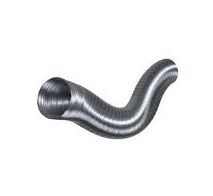Chimney cowls
Chimney cowls prevent backdraft and protect the flue from weather effects like snow and rain. The main function of cowls is to support a weakened draft.
Chimney cowls utilise the energy of the wind and create exhaust vacuum which stabilises the draft. They are fitted on top of combustion, smoke and ventilation chimneys.
Chimney cowls are divided according to their mode of operation:
Fixed cowls:- (hood, type-h) don’t change their position in relation to wind direction and their effectiveness is hence limited. Changes in the wind affect their properties. They are an excellent way to secure the chimney against varying weather conditions.
- (“fireman” type) are constructed in a way that allows them to shift position in relation to wind direction. Even the smallest gust makes them rotate, which creates exhaust vacuum that sucks combustion gases out of the flue. They greatly improve the performance of heating appliances.
- (turbovent, torboslim) function like turbines powered by the wind. They work by pulling air or combustion gases out of the flue with carefully shaped blades. These devices are excellent at utilising wind power and are mostly used for ventilation exhaust chimneys.
Chimney cowls are used for combustion exhaust flues and should be made out of chrome-nickel sheet metal that is both acid and heat proof. Galvanized sheet metal can be used on ventilation exhaust chimneys.
Cowls, as components of the chimney system are subject to periodic maintenance conducted by a chimney sweep. Ventilation flues are examined once a year, combustion gas flues twice a year and smoke flues (flues in systems burning solid fuels) four times a year or more frequently if needed.
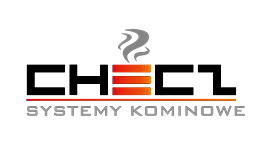

 Download Product catalogue
Download Product catalogue



